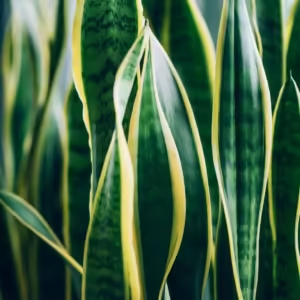
General Characteristics of Snake Plants
Snake plants are known for their long, sword-shaped leaves that often display vibrant patterns. They create a unique, elegant appearance as they grow vertically. Some varieties have leaves with green and yellow stripes, while others feature darker or silvery hues. Snake plants are comfortable in a range of temperatures, tolerate both low and bright light, and are highly adaptable. What makes them stand out is their ability to filter indoor air, remove toxins, and release oxygen, especially at night.
Varieties of Snake Plants
Various varieties of snake plant exist, in this section we will discuss their various characteristics.
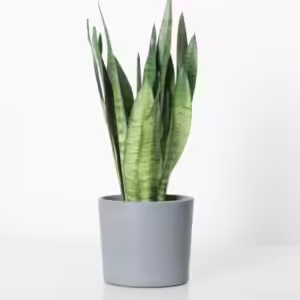
Sansevieria trifasciata (Common Snake Plant)
Description:
Appearance:
This plant is identified by long, upright green leaves that can grow several feet tall. This variety features unique yellow edges or banding, adding a vibrant touch to any space. It is not only visually appealing but also durable, as its leaves have a thick, sturdy texture.
Common Varieties:
- Laurentii: Highlighting bold yellow-striped edges alongside its dark green leaves, this classic variety of the Common Snake Plant is a favorite in many homes and offices. Its impressive contrast and ability to thrive in various lighting conditions make it a popular choice.
-
Moonshine: The Moonshine variety adds a touch of elegance to any room. Known for its silvery, pale green leaves, its unique coloration allows it to stand out while blending seamlessly with other decor. For those looking to add sophistication with minimal effort, this variety is perfect.
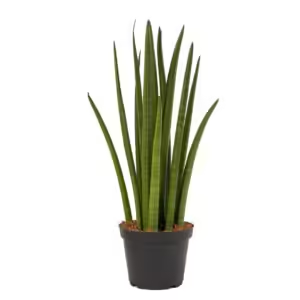
Sansevieria cylindrica (Cylinder Plant)
Description:
Appearance:
Sansevieria masoniana (Whale Fin Snake Plant)
Description:
Unique Features:
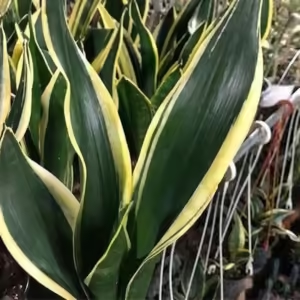
Sansevieria trifasciata ‘Black Gold’
Description:
Among different snake plant varieties, Sansevieria trifasciata ‘Black Gold’ is known for its stunning black-green leaves that are bordered with bright yellow, making it a visually charming addition to any plant collection.
Standout Characteristics:
Ideal Use:
Growing Conditions and Care Tips
Light Requirements
Watering Needs
Soil Preferences
Use a well-draining potting mix to keep the roots healthy. A cactus or succulent soil blend is ideal for snake plants, as it prevents waterlogging and encourages proper drainage, allowing excess moisture to escape.
Fertilization
Benefits of Snake Plants
- Air Purification: Snake plants effectively remove toxins from the air, including formaldehyde and benzene, making them great for indoor environments.
- Low Maintenance: These resilient plants need minimal care, making them perfect for those with busy lifestyles.
- Aesthetic Appeal: Available in various colors, shapes, and sizes, snake plants enhance any room, adding a refreshing touch of greenery to your decor.
Common Issues and Solutions
- Overwatering: To prevent overwatering— the most common issue with snake plants— ensure the pot has adequate drainage holes and allow the soil to dry out completely between waterings. Excessively moist soil can lead to root rot, which can severely damage the plant.
- Pests: Snake plants can occasionally attract pests like spider mites or mealybugs. To manage these infestations, check the leaves regularly and wipe them down with a damp cloth. If the issue continues, use a mild insecticidal soap to eliminate the pests without harming the plant.
- Leaf Rot: Leaf rot can occur due to excessive watering or exposure to cold temperatures. To prevent this issue, adjust your watering routine to ensure the soil dries out properly. Additionally, avoid placing the plant in areas with cold drafts or sudden temperature changes, as these conditions can weaken the plant and lead to rot.
Conclusion
FAQs
Q: How often should I water my snake plant?
A: Water only when the top inch of soil is dry, usually every 2-3 weeks, depending on conditions.
Q: Can snake plants survive in low light?
A: Yes, they tolerate low light, but moderate to bright indirect light will encourage better growth.
Q: Are snake plants safe for pets?
A: No, snake plants are toxic if ingested, so keep them out of reach of pets.
Q: How fast do snake plants grow?
A: Snake plants are slow to moderate growers, depending on light and care.
Q: Can I keep snake plants outdoors?
A: Yes, in mild climates, they can thrive outdoors but should be protected from frost.
Thank you for reading, for more home decor ideas click the link, for more interesting articles visit our homepage.

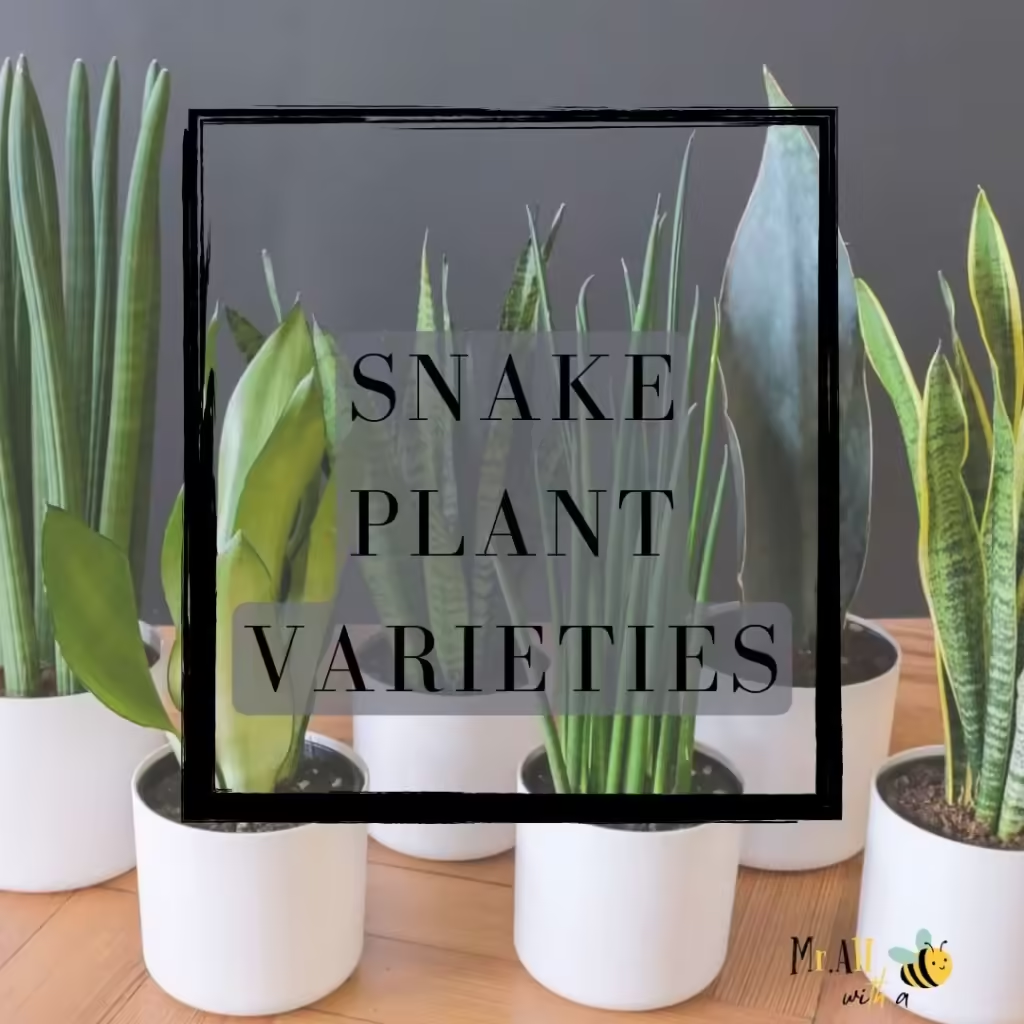
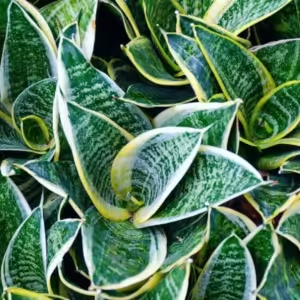
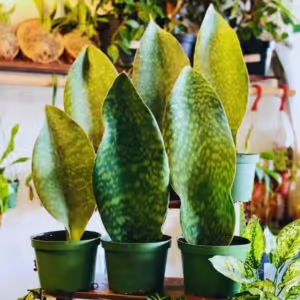


Pingback: Tropical Plants: Indoor and Outdoor Varieties for a Lush Garden